The Tax Cuts and Jobs Act makes modifications to ABLE accounts created by the Achieving a Better Life Experience Act of 2014. These changes, effective in 2018 through the year 2025,
- allow rollovers from 529 accounts into ABLE accounts, up to an amount equal to the annual gift tax exclusion;
- increase the annual contribution limit by the lesser of any earned income of the designated beneficiary or the poverty line for a one-person household; and
- make contributions to ABLE accounts eligible for the saver’s credit.
ABLE accounts are designed to encourage individuals and families to provide private funding to assist disabled individuals in maintaining a healthy, independent, and quality lifestyle through a tax-favored savings account program. This program, modeled along the lines of qualified tuition programs under Code Sec. 529, has been available since 2015.
Eligible individual
An individual eligible to be the designated beneficiary of an ABLE account must be disabled or blind, and the onset of the disability or blindness must have occurred before the individual attained age 26. The individual must either be entitled to benefits based on blindness or disability under Title II of the Social Security Act; or the person must certify under penalties of perjury that the individual (or the individual’s agent under a power of attorney or a parent or legal guardian of the individual) has the signed physician’s diagnosis, and that the signed diagnosis is retained and provided to the ABLE program or the IRS upon request.
Contributions
Any person may make nondeductible contributions to an ABLE account for the benefit of an eligible individual. However, the aggregate annual contribution amount cannot exceed the annual gift tax exclusion amount ($15,000 for 2018).
An ABLE account’s designated beneficiary may contribute an additional amount equal to the lesser of the amount of any earned income or the federal poverty line (of the prior year) for a one-person household ($12,060 for 2017). The increased contribution amount, based on earned income, is only available to eligible individuals who do not participate in a retirement plan. Contributions made by eligible individuals to their own ABLE account may qualify for the saver’s credit.
Contributions may also be received as rollovers from 529 plans, provided that the ABLE account is owned by the designated beneficiary of that 529 account or a member of such designated beneficiary’s family. Such rolled-over amounts count towards the overall limitation on amounts that can be contributed to an ABLE account within a tax year.
Excess contributions. The designated beneficiary (or a person acting on their behalf) must maintain adequate records for ensuring that the annual contribution limit is not exceeded. A 6-percent excise tax applies to excess contributions to ABLE accounts. An excess contribution subject to tax does not include timely-made corrective distributions which must be made on or before the day (including extensions of time) for filing the individual’s return for that tax year.
Distributions
Distributions from an ABLE account for a tax year are not included in gross income unless they exceed the amount of qualified disability expenses incurred during the tax year. Qualified disability expenses include, but are not limited to
- education,
- housing,
- transportation,
- employment training and support,
- assistive technology and personal support services,
- health,
- prevention and wellness,
- financial management and administrative services,
- legal fees,
- expenses for oversight and monitoring, and
- funeral and burial expenses.
Rollovers
Amounts in an ABLE account can be rolled over for the purpose of either changing the designated beneficiary or the ABLE program. To escape tax, the amount must be paid into another ABLE account in a qualified ABLE program not later than the 60th day after the date of payment or distribution. The ABLE account accepting the payment must be established for the designated beneficiary or an eligible individual who is a family member of the designated beneficiary. However, there is no such thing as an inherited ABLE account. The assets, if any are left over from paying qualified disability expenses, will generally be transferred to the state.
Individuals with disabilities face significant barriers to living independently and finding and holding employment. Although the federal government provides certain safety-net programs, these benefits can either be lost once the disabled individual establishes a minimum level of savings and income, or are inadequate due to the increased costs of health care and support systems to allow them to be employed and live independently.
For more information on ABLE account tax questions, contact Larson & Company today.


.png)



